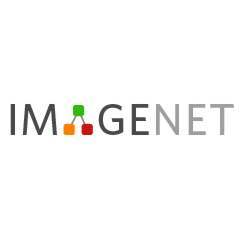As acquiring pixel-wise annotations of real-world images for semantic segmentation is a costly process, a model can instead be trained with more accessible synthetic data and adapted to real images without requiring their annotations. This process is studied in unsupervised domain adaptation (UDA). Even though a large number of methods propose new adaptation strategies, they are mostly based on outdated network architectures. As the influence of recent network architectures has not been systematically studied, we first benchmark different network architectures for UDA and newly reveal the potential of Transformers for UDA semantic segmentation. Based on the findings, we propose a novel UDA method, DAFormer. The network architecture of DAFormer consists of a Transformer encoder and a multi-level context-aware feature fusion decoder. It is enabled by three simple but crucial training strategies to stabilize the training and to avoid overfitting to the source domain: While (1) Rare Class Sampling on the source domain improves the quality of the pseudo-labels by mitigating the confirmation bias of self-training toward common classes, (2) a Thing-Class ImageNet Feature Distance and (3) a learning rate warmup promote feature transfer from ImageNet pretraining. DAFormer represents a major advance in UDA. It improves the state of the art by 10.8 mIoU for GTA-to-Cityscapes and 5.4 mIoU for Synthia-to-Cityscapes and enables learning even difficult classes such as train, bus, and truck well. The implementation is available at https://github.com/lhoyer/DAFormer.
翻译:由于获取真实世界图象的像素和图解解析图解是一个代价高昂的过程,因此,一个模型可以通过更便于获取的合成数据来培训,并适应真实图象而无需说明。这个过程在不受监督的域适应(UDA)中研究。尽管有许多方法提出了新的适应战略,但它们大多以过时的网络结构为基础。由于最近网络结构的影响尚未系统地研究,我们首先将UDA的不同网络结构作为UDA的不同网络结构的基准,并新揭示UDA语解析的变异器的潜力。根据调查结果,我们提出了一个新的 UDA 方法,DAFormer。DAFormer的网络结构由不受监督的域适应(UDA)和多级的上上上上上上层环境认知特性解码(UDA)组成。通过三个简单但至关重要的培训战略来稳定培训,避免过度适应源域:虽然在源域域上使用高档级校标,通过减少对普通班的自我培训的确认偏差,我们建议采用新的UDA的S-S-S-SyLAS-realnetnetNet系统,使GLMetalalalal和DA的升级升级升级为10A的升级升级和升级升级。




